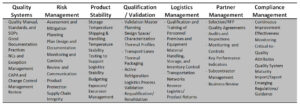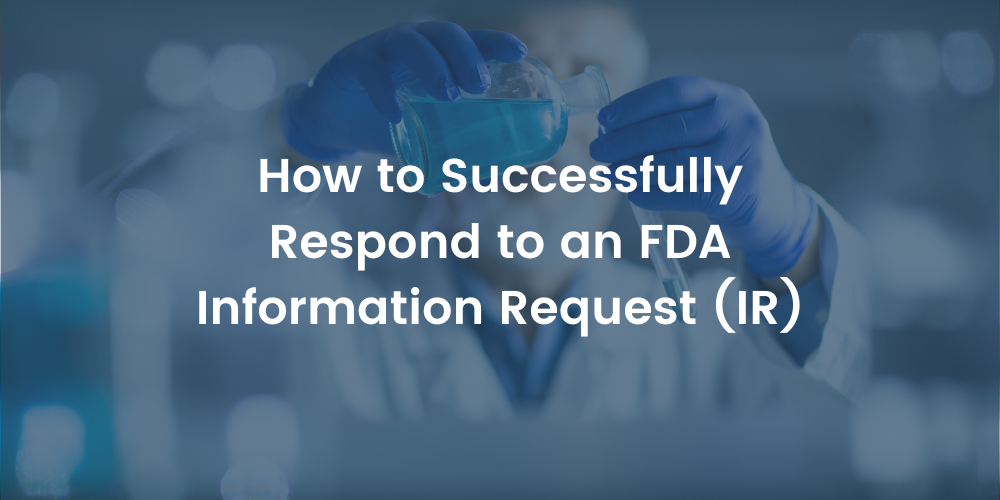AI vs. Humans: Can Artificial Intelligence Outsmart Cold Chain Experts?
10 Common Misconceptions of Cold Chain Validation, as Explained by AI, commentary by Gary...
read Details

First published on April 9, 2015 on Cold Chain IQ – as a contributor, Hutchinson’s column, Global Cold Chain Connections, falls in the Supply Chain & Security category. It can also be viewed at http://www.coldchainiq.com/supply-chain-security/columns/today-s-pharmaceutical-cold-chain-network-is-incre/ Join Cold Chain IQ today to access informative cold chain articles.
By Gary Hutchinson
Competing priorities, changing expectations, cost pressures, sustainability initiatives, emerging markets — these are the challenges facing cold chain management professionals every day. Solutions that deliver value in the supply chain and enhance your regulatory reputation by ensuring compliance, product quality and safety are required every day, around the globe.
Today, engineers and manufacturers face economic and regulatory pressures, accelerating costs, technology changes, and the need to constantly adapt their business models. The advent of more widely distributed supply chains and many other influences demand greater investment in tools, expertise, and most importantly the human capital to succeed with some of the toughest challenges:
Integrate your cold chain management systems.
The appropriate tools, expertise, and experience are critical when coordinating your activities to ensure safety, safeguard quality, maintain regulatory compliance, and prevent falsified, adulterated, and counterfeit product from entering the legal supply chain.
Get results by focusing on implementation, not just on defining regulatory requirements. A properly integrated cold chain ensures regulatory compliance, product quality, and patient safety by providing a multi-layered approach that combines best practices of process validation, systems qualification and risk assessment with the most applicable monitoring and controls for qualified packaging.
What systems encompass an integrated cold chain management system?
A compliant cold chain management system is composed of a variety of components working in concert. An integrated cold chain management system ensures control of the distribution chain and consequently maintains the quality and the integrity of products. The seven components are: quality systems; risk management; product stability; qualification / validation; logistics management; partner management; and compliance management.

Systems – The First Pillar Developing mature quality systems is one of the biggest challenges and one of the most effective tools to manage a world-class cold chain logistics network. Making the systems work for you, and not the other way around, is the key to your success. Quality systems at their best establish, implement, and maintain a set of processes to provide the highest quality service to customers, highest level of effectiveness for management, and most robust compliance approach for regulators. At their worst, they just get in the way — adding only administrative burden and redundant reviews to an already complex and fast-moving network. I know. I have seen the value of an effective quality system that facilitates continual improvement, and I’ve seen the effects of a nominal one that provides only delays, derailments, and disasters!
An effective guide is needed to conduct a thorough review of your quality management system processes and tools to identify opportunities to provide structure and clarity to assist in the continual improvement of your controlled-environment logistics network. A review of the following elements of your quality systems should ensure these foundational capabilities are in place for your cold chain:
Use these tools to assess your capabilities, create time-bound improvement plans, and mentor your team on the opportunities for improved profitability and efficiency. Conducting a quality systems maturity assessment can lead the way to breakthrough performance.
10 Common Misconceptions of Cold Chain Validation, as Explained by AI, commentary by Gary...
read Details
When it comes to ensuring the integrity of temperature-sensitive products during transit, choosing the...
read Details
Getting your vaccine or therapeutic approved by the FDA is a significant accomplishment. But...
read Details